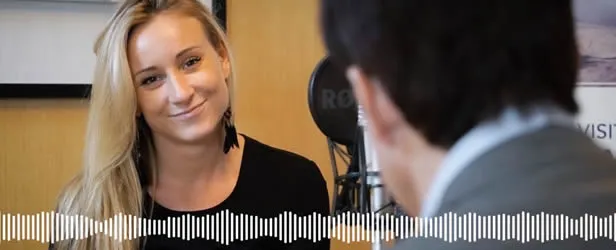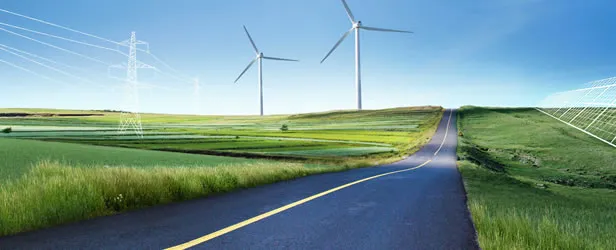Blockchain: revolutionizing the energy mix
According to the Intergovernmental Panel on Climate Change (IPCC), we have just a decade left to get climate change under control, with technology innovation expected to play a major role in the efforts to keep temperatures at 1.5C.
Brianna Welsh, Vice President and Head of Asia at Sindicatum Blockchain Technologies, discusses the impact of new technologies on the energy sector, specifically how blockchain is being used to encourage more sustainable consumption practices around the world.
While consumers have traditionally had little influence over how they use energy, Brianna explains that blockchain and other digital technologies are helping to pave the way for a decentralized energy system and new business models within the renewables space. This includes the rise of peer-to-peer microgrids and the concept of ‘prosumers’, where individuals can power their own consumption and sell energy back to the grid.


